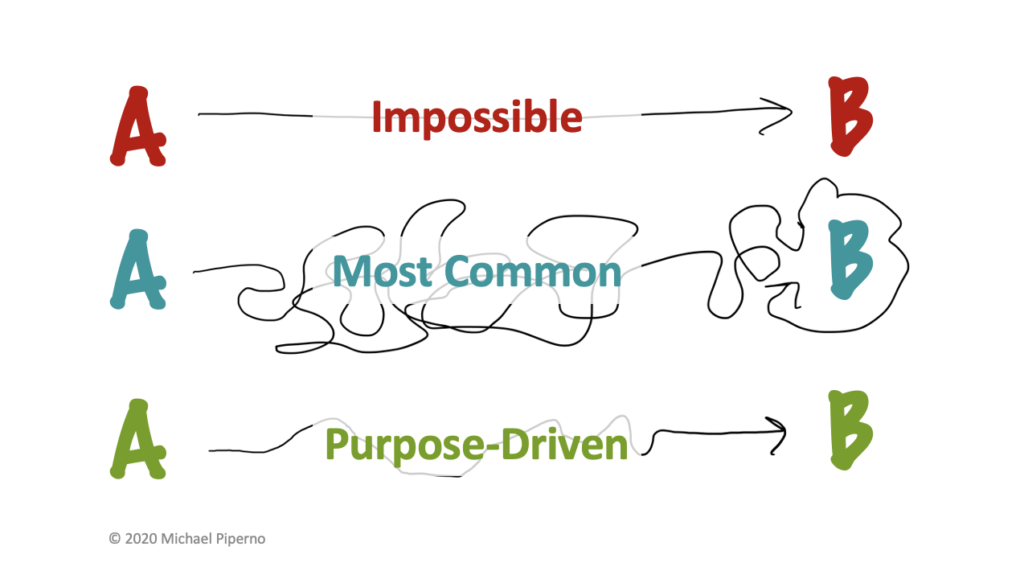Setting Each Other Up for Success
When you craft your next email or text message, ask yourself, “Am I writing this to be read by me, or by the person, the human being, who I am addressing it to?”
Chances are you’re writing it in a style that works for you, and not necessarily them.
If you’ve ever been to one of my workshops or training programs, you know that the first rule of any communication is to know your audience. This is true for every piece of communication you send throughout your work day — and your personal communications, too. When we are intentional about the way we communicate with each other and respectful of our differences, there is a much higher chance that the results will be more positive.
For example, if you know that Alex never responds to all your questions in your emails, then don’t send him emails with 15 questions embedded throughout several paragraphs of text. Send an email with a brief introduction, and 1 or 2 questions (bulleted out) that he can scan and reply to quickly. Voila, you’ve just set him up for success. He can move fast, like his job requires, and still give you what you needed because you considered his needs as well.
Here’s another example. Let’s say that your boss, Janelle, has been losing track of your emails and Teams chats because there is too much on her plate this week. Instead of firing off 8 different emails during the day on a variety of topics that don’t need immediate responses, collect your questions or issues and batch them into 1 email that she can respond to later. Or, if responses are not needed by the next day, scheduled time to sit down with her and talk through your items. You’ll likely get all the answers you need with no additional emails in her, or your, inbox.
These are just a few examples. You get the idea.
Here’s my challenge to you. During your day today, pay special attention to 3 pieces of communication you send to someone else. With each, whether over text, email, Zoom, Teams, or in person, consider this question:
How can I set this person up for success?
It will make your communications more productive, I promise. The bonus is that you’ll save time and reduce frustration on both sides.
Photo by Firmbee.com on Unsplash
Setting Each Other Up for Success Read More »








